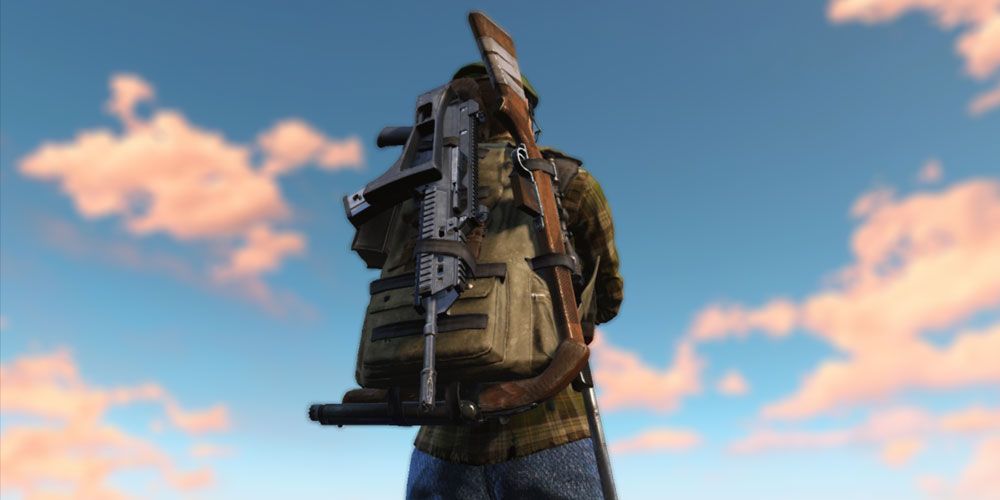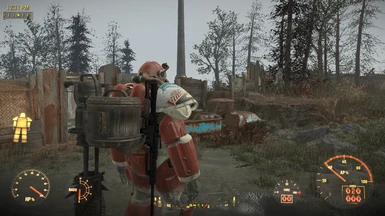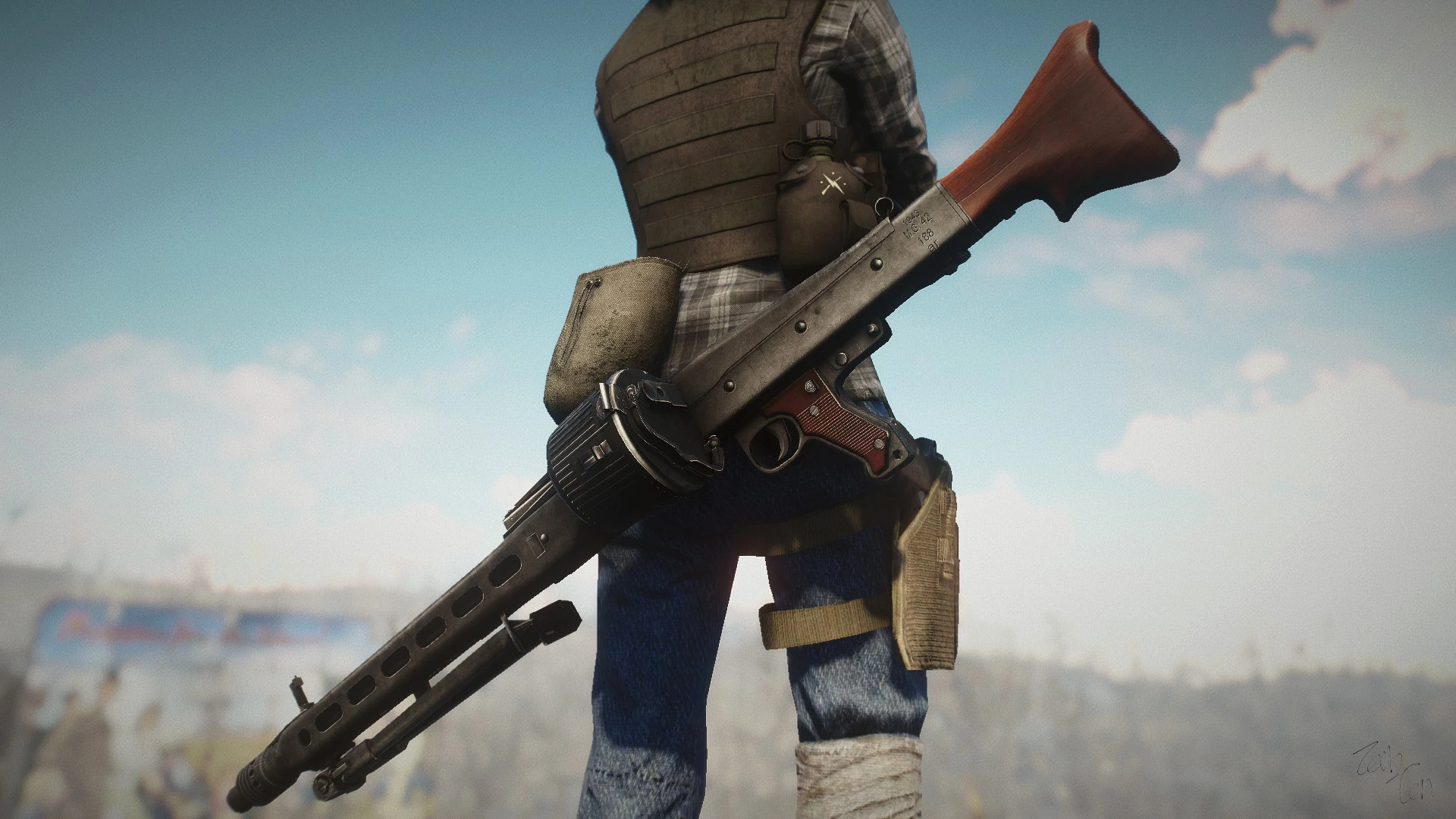


The Castle Bravo device was housed in a cylinder that weighed 23,500 pounds (10.7 t) and measured 179.5 inches (456 cm) in length and 53.9 inches (137 cm) in diameter.

The SHRIMP shortly before installation in its shot cab The primary system The blast incited international reaction over atmospheric thermonuclear testing. 5") were also contaminated by the heavy fallout, experiencing acute radiation syndrome.

Twenty-three crew members of the Japanese fishing vessel Daigo Fukuryū Maru ("Lucky Dragon No. The inhabitants of the islands were not evacuated until three days later and suffered radiation sickness. At the time, it was the most powerful artificial explosion in history.įallout, the heaviest of which was in the form of pulverized surface coral from the detonation, fell on residents of Rongelap and Utirik atolls, while the more particulate and gaseous fallout spread around the world. Castle Bravo's yield was 15 megatons of TNT, 2.5 times the predicted 6.0 megatons, due to unforeseen additional reactions involving lithium-7, which led to the unexpected radioactive contamination of areas to the east of Bikini Atoll. Detonated on March 1, 1954, the device was the most powerful nuclear device detonated by the United States and its first lithium deuteride fueled thermonuclear weapon.


 0 kommentar(er)
0 kommentar(er)
